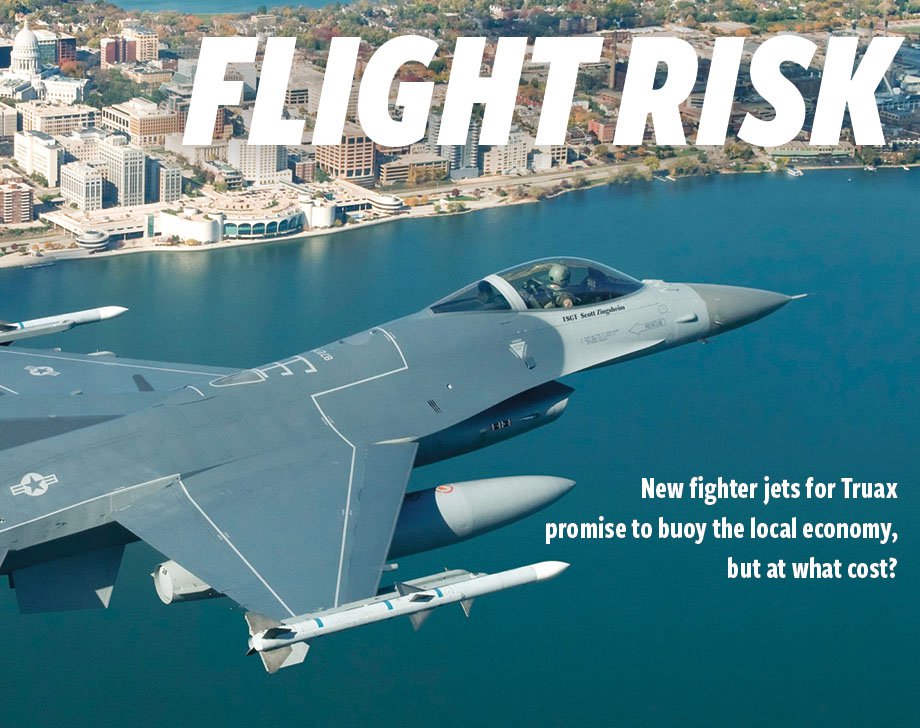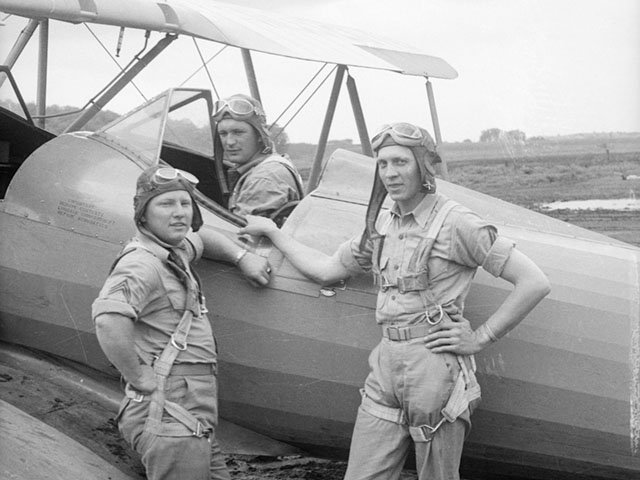
A few days before Christmas, the U.S. Air Force announced the Wisconsin Air National Guard’s 115th Fighter Wing at Truax Field is one of two preferred bases to get the F-35A Lighting II, which is the next generation of U.S. fighter jets. Wisconsin officials — from conservative Gov. Scott Walker to liberal U.S. Sen. Tammy Baldwin — all cheered the announcement. But it’s not quite a done deal. The Air Force is now working on an environmental impact statement on how the jets might affect life here. A final decision isn’t expected until the summer of 2019. For most Madisonians, Truax Field has largely been hidden from view, aside from the noisy training flights, noticed mostly by residents who live near the airport. But the base has had an enormous impact on Madison, shaping its development and generating an estimated $100 million each year in economic benefits. In this week’s cover story we look at what, exactly, goes on at Truax Field, and what the siting of the new jets at Truax will mean for the base, the city and the people who live closest to the air base. — Joe Tarr

Hiding in plain sight
Truax Field has been in Madison since World War II, but many local residents don’t know what goes on there or what Guard members do there. Jay Rath took a tour.

Waiting for wings
It was originally a marsh. Later, it was a city unto itself, with two movie theaters, a clinic, hospital, dentists, recreation rooms, a library, 20 warehouses, an obstacle course, firing range, and chapels “at convenient points on the field.”

Windfall
Truax Field brings an estimated $100 million a year in economic benefits to Madison. While officials and boosters fret about what would happen if Madison lost the base, others say the benefits aren’t worth it.

Disquieting
Residents near the airport have long complained about thunderous noise from the F-16 fighter jets. With Truax Field in line for the more advanced F-35s, will the area become unlivable?

